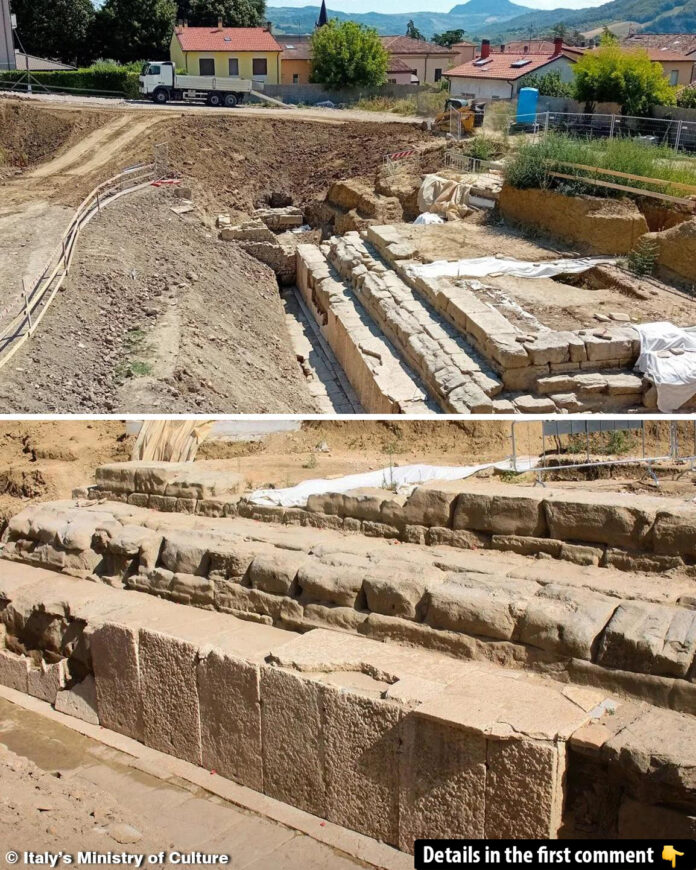Nestled in the quiet hills of Italy’s Emilia-Romagna region, the village of Sarsina has revealed an archaeological marvel: a remarkably preserved Roman capitolium temple dating back to the 1st century BCE. This discovery, unearthed during modern construction in December 2022, has illuminated the village’s rich history as an ancient Roman hub and provided invaluable insights into the region’s cultural and architectural heritage.
Sarsina’s Historical Roots
Sarsina’s origins date back to its time as a settlement of the Umbri, an Italic people who thrived until their conquest by the Romans in the 3rd century BCE. Following its annexation, the village became an essential hub within the Roman pastoral districts. Its fame extends beyond its strategic importance, as Sarsina is also celebrated as the birthplace of Plautus, one of Rome’s most renowned playwrights whose comedic works remain a cornerstone of Latin literature.
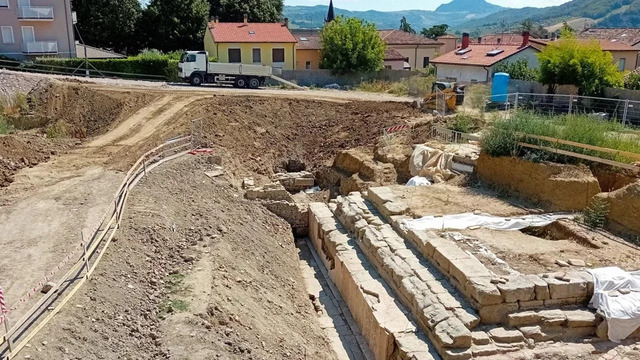
Situated near the Tuscan border and overlooking the Savio River, Sarsina’s geographical location positioned it as a vital trade route connecting central and northern Roman cities. This strategic placement not only influenced its economic prosperity but also contributed to its cultural and architectural prominence during the Roman Empire.
Video
Explore the massive first-century Capitolium Temple recently identified in Northern Italy – watch the video to uncover the history and significance of this remarkable discovery!
The Discovery of the Capitolium
The Roman capitolium temple was uncovered serendipitously during construction plans for a parking lot, fitness center, and playground in December 2022. Workers stumbled upon ancient ruins, halting their plans and initiating an archaeological investigation. What emerged was nothing short of extraordinary: a well-preserved temple built from horizontal sandstone blocks and marble slabs, covering an area of 577 square meters.
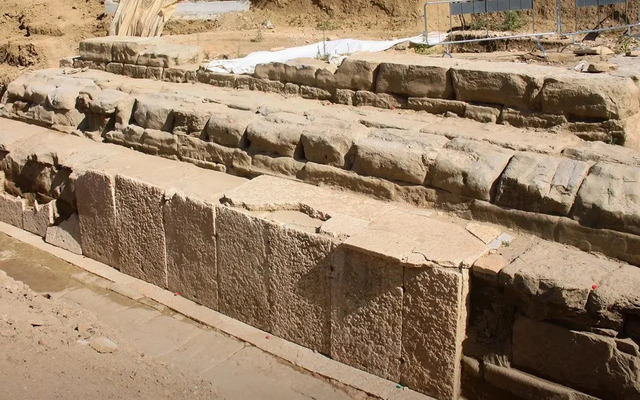
The capitolium is believed to have been a central place of worship, dedicated to the triad of Roman deities—Jupiter, Juno, and Minerva. Archaeologists identified three distinct rooms within the temple, likely corresponding to these gods. This discovery has led researchers to speculate that Sarsina once served as a significant religious and trade hub in the region.
What sets this find apart is its exceptional state of preservation. Unlike many Roman structures that were dismantled or repurposed over centuries, the Sarsina capitolium has remained relatively untouched. Its entrance staircase and other architectural elements have survived the test of time, providing a rare glimpse into the grandeur of ancient Roman engineering.
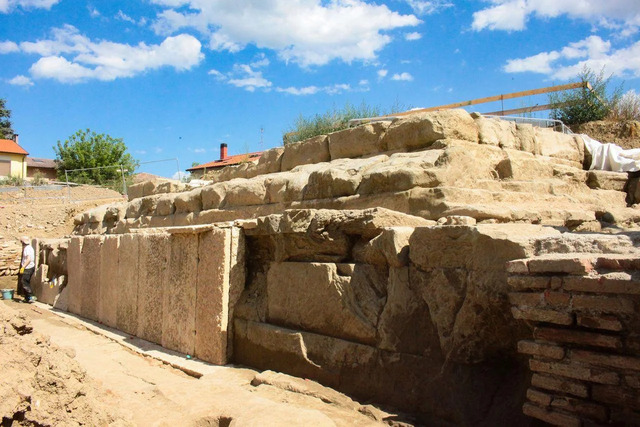
Architectural Significance
The capitolium reflects the sophisticated architectural techniques employed by the Romans. The temple’s design—characterized by its large sandstone blocks, marble accents, and precise craftsmanship—underscores the significance of religious structures in Roman society. These temples were not merely places of worship but also served as symbols of power and community cohesion.
Archaeologists believe the capitolium’s scale and intricate design highlight Sarsina’s importance within the Roman Empire. The discovery of such an elaborate structure suggests that the village played a more critical role in regional trade and governance than previously assumed. It may have acted as a hub connecting various Roman cities, further cementing its historical significance.
Medieval Layers and Continuing Legacy
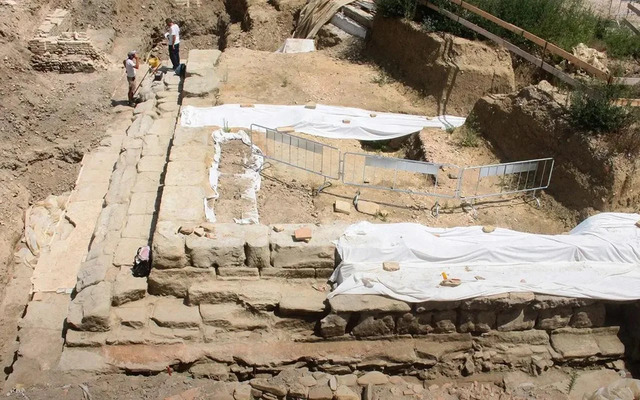
The capitolium’s importance did not wane with the fall of the Roman Empire. Excavations have uncovered evidence of its continued use during the Middle Ages, including burials, hearths, and an ancient water drainage system. These findings suggest that the temple remained a focal point of activity long after its original purpose as a religious site had faded.
This continuity of use highlights the adaptability of ancient structures and their ability to serve evolving community needs over centuries. The layers of history embedded within the capitolium offer a fascinating narrative of Sarsina’s enduring cultural and social significance.
Preservation and Future Exploration
Local authorities and archaeologists are now working diligently to preserve the capitolium and explore its full historical context. Federica Gonzato, the superintendent of archaeology, fine arts, and landscape for the region, has emphasized the importance of protecting this archaeological treasure. Efforts are underway to integrate the temple into Sarsina’s cultural heritage, ensuring its accessibility to researchers and the public alike.
Beyond its immediate preservation, the capitolium has sparked renewed interest in Sarsina as an archaeological destination. The discovery has encouraged further exploration of the site, with experts anticipating additional findings that could shed light on the village’s Roman and medieval past.
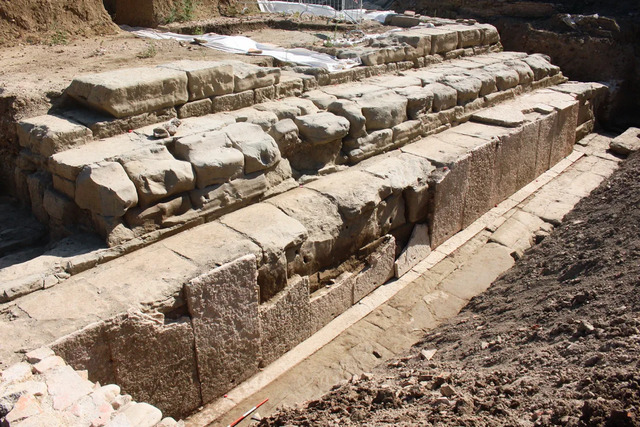
A Celebration of Heritage
The unveiling of the capitolium coincided with Italy’s European Heritage Days in September 2023, providing an opportunity to showcase this remarkable find to a broader audience. The temple has not only captivated historians and archaeologists but also drawn the interest of visitors eager to experience a tangible connection to the ancient world.
Gennaro Sangiuliano, Italy’s Minister of Culture, aptly described the capitolium as “an important archaeological treasure that can offer valuable information about the history and evolution of a specific geographical area.” Its discovery underscores the richness of Italy’s cultural heritage and the vital role of archaeological research in preserving and understanding the past.
Conclusion
The Roman capitolium temple in Sarsina is more than an architectural marvel; it is a testament to the village’s historical significance and its role within the Roman Empire. From its origins as a place of worship for the Roman gods to its continued use during the Middle Ages, the temple encapsulates centuries of cultural and social evolution.
As preservation efforts continue, the capitolium stands as a symbol of Italy’s enduring commitment to protecting its historical treasures. For Sarsina, this discovery not only enriches its legacy but also positions the village as a vital link in the broader narrative of ancient Roman history. With further exploration and research, the capitolium promises to reveal even more about the fascinating history of this tranquil Italian village.
